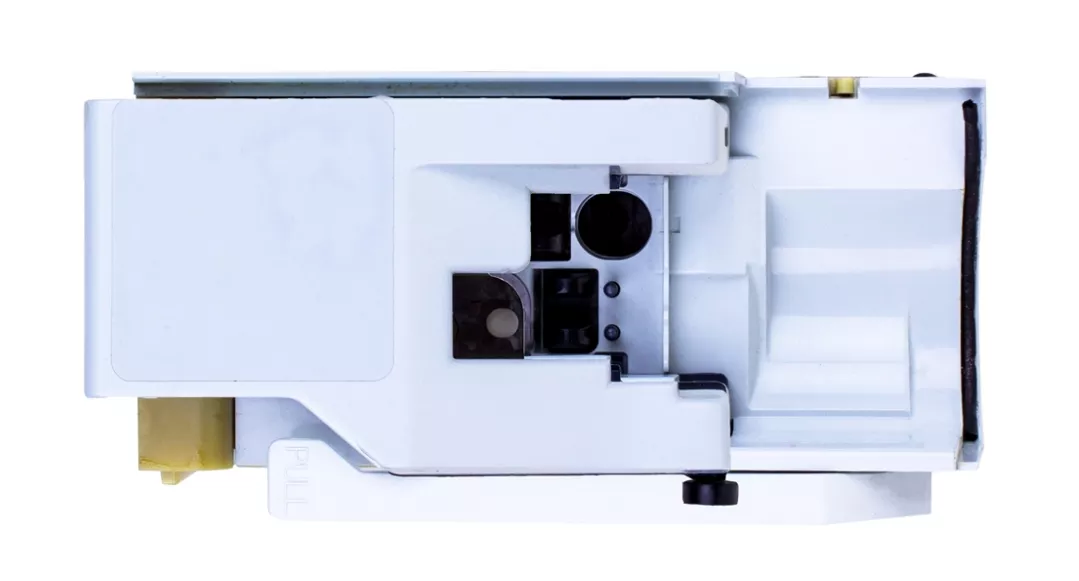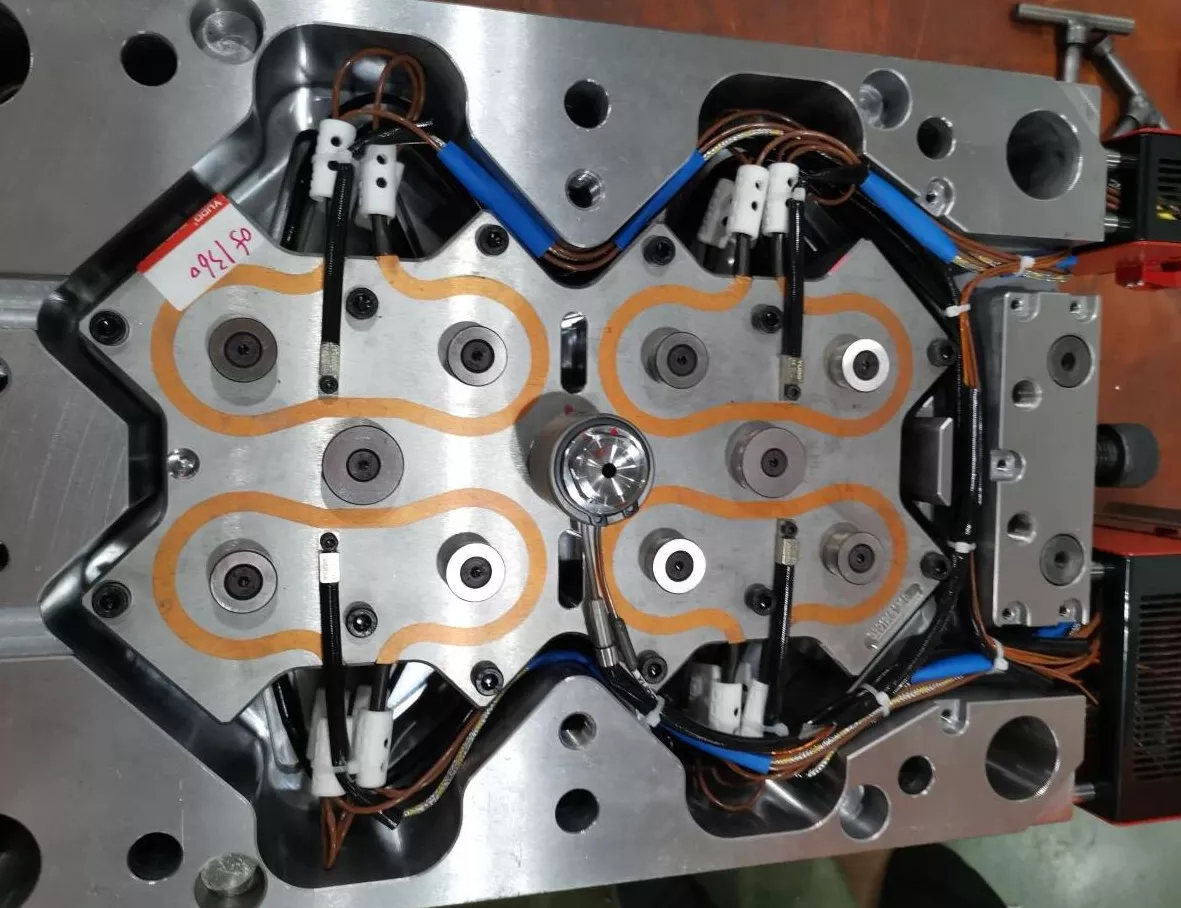Injection molding service helps in the production of Infusion Pump Fluid Shields by providing a cost-effective and efficient way to produce large volumes of high-quality plastic parts. Most plastic parts of Infusion Pump Fluid Shields are can produce by injection molding, like the housing, chassis, connector or other plastic mechanical components. The injection molding process involves heating plastic raw material to a liquid state and injecting the melted material into a mold. The mold is then cooled, causing the plastic to solidify and take the shape of the mold cavity. This process can be repeated multiple times to produce multiple parts, making it ideal for the production of fluid shields for infusion pumps, which often require large quantities. Injection molding also allows for precise control over the dimensions and surface finish of the parts, making it suitable for producing medical devices with tight tolerances and injection molding process very stable for future productions.
Mold design is very important for medical components developments
More and more products use complex structures in current society. It means that the mold technology facing more difficult challenges. So, if we want to guarantee the quality of the plastic components and long life of mold for medical devices, design the mold stronger to avoid deformation of mold, mostly are use increase the plate size and thickness, use a better material. And in some cases, also can improve the mold structure to make it strong, like adding support blocks, guide blocks.
Most medical component parts of Infusion Pump Fluid Shields are large qty production, and how to choose cold runner or hot runner system, it’s one point need consider at the beginning.
Choose cold runner or choose hot runner system
The choice between a cold runner or a hot runner system for injection molding depends on various factors, including the material being molded, the production volume, the size of the parts, and the desired surface finish of the parts.
Cold runner systems are the simplest and most cost-effective option for injection molding. In this system, the plastic resin is injected into the mold cavity through a runner system that is cooled and becomes part of the scrap material. This is a good choice for low-volume production or when the cost of the runner material is not a concern.
On the other hand, hot runner systems use heated manifolds to keep the resin in a molten state and prevent it from solidifying in the runner system. This results in less waste, and improved part quality, as the resin remains at a consistent temperature and flow rate. Hot runner systems are typically more expensive, but can be more cost-effective for high-volume production or when producing parts with complex geometries or high-quality surface finishes.
Ultimately, the choice between a cold runner or hot runner system will depend on a careful evaluation of the specific requirements of the injection molding project, including the cost, production volume, and desired end product quality.
Why is precision manufacturing important for medical injection molds
Precision manufacturing is crucial in the production of medical molds for several reasons:
Patient safety: Precision manufacturing directly affects the quality and functionality of the final product produced through injection molding. Injection molding is a process used to mass-produce plastic parts, and the mold is a crucial component in the process.
If the mold is not manufactured with precision, it can cause issues such as dimensional inaccuracies, flash (extra material that sticks to the mold), poor surface finishes, and even part defects like warpage or sink marks. These defects can negatively impact the appearance and functionality of the final product, making it difficult or even impossible to meet design specifications and customer requirements. In the medical device industry, Medical molds are used in the production of implantable medical devices, such as pacemakers, hearing aids, and dental implants, that are intended for long-term use inside the human body. parts with tight tolerances are often required for proper function, and any defects can pose a risk to patient safety. Precise manufacturing ensures that these devices fit perfectly and perform as intended, reducing the risk of complications and adverse reactions.
Consistency: Precise manufacturing of medical molds helps to ensure that each device produced from the mold is identical and consistent in terms of size, shape, and performance. This consistency is essential for ensuring the device performs as intended and meets the required standards.
Quality control: Precision manufacturing also enables better quality control during the production process, as deviations from the intended design can be quickly identified and corrected. This helps to ensure that each device produced meets the highest standards of quality and performance.
Cost-effectiveness: Precise manufacturing can help to reduce production costs by reducing waste and the need for manual adjustments. It also helps to minimize the risk of defects and rejects, which can be costly to correct.
In conclusion, precision manufacturing is critical in the production of medical molds because it helps to ensure patient safety, consistency, quality control, and cost-effectiveness.
How to use precise mold to produce high quality products
Process control: Consistent processing conditions, such as temperature, pressure, and cycle time, are critical to ensure consistent product quality. Automated process control systems can help ensure that these conditions are maintained consistently.
Inspection and quality control: Inspection and quality control are essential to identify and correct any issues in the injection molding process. This can include visual inspection, dimensional analysis, and material testing.
Maintenance and upkeep: Regular maintenance of the injection molding equipment and molds is crucial to ensure that they are operating correctly and producing high-quality products.




